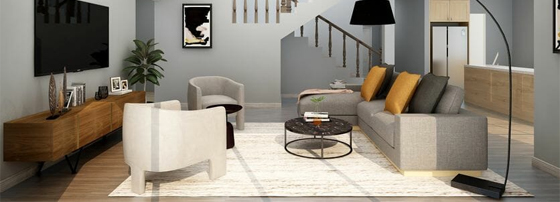

Shree Vishwakarma Buildcon is a trusted name in the construction industry, known for delivering high-quality residential, commercial, and industrial projects. Our team of skilled professionals, including engineers, architects, and project managers, work collaboratively to ensure each project is executed with precision and attention to detail. We focus on delivering solutions that are not only structurally sound but also aesthetically pleasing and functional, meeting the unique needs of our clients.
At Shree Vishwakarma Buildcon, we adhere to the highest standards of safety, sustainability, and environmental responsibility. Our transparent approach, combined with our dedication to on-time project delivery, has earned us a reputation for being a dependable construction partner. We strive to exceed client expectations by creating spaces that enhance the quality of life and business operations.

Our services include site planning, architectural layout design, and implementation of customized layouts..

Our Civil Engineering Services provide comprehensive solutions to support the design, development,

Our Interior Work Services are designed to transform spaces into functional, aesthetically pleasing environments..

Our Layout Work Services specialize in the precise planning and execution of layouts for residential, commercial

Our Renovation Work Services are designed to breathe new life into your existing spaces.

Our Execution Work Services ensure that your project moves from concept to reality with precision and efficiency.

Connect Us For Any Kind Of Interior Servcie.
Our Mission is to create inspiring and functional spaces that enhance the quality of life for our clients. We are dedicated to delivering exceptional design and engineering services through innovative solutions, personalized attention, and a commitment to sustainability.
Our Vision is to be a leading provider of comprehensive design and engineering services, recognized for our creativity, integrity, and customer-centric approach. We aspire to set new industry standards by embracing innovative design trends and sustainable practices



Our team comprises experienced professionals in interior and exterior design, architecture, civil engineering, and Vastu consultancy, ensuring top-notch service and expertise in every project.
We prioritize quality in materials and craftsmanship, ensuring that every detail meets our high standards and exceeds your expectations.
Our efficient project management practices ensure that we complete all projects on schedule without compromising quality.

We handle a wide range of projects, including residential and commercial interior and exterior design, architectural design, civil engineering, renovation services, and Vastu consultancy. Whether you are looking to redesign your home, develop a commercial space, or seek expert advice on Vastu principles, our team is equipped to meet your needs.
Our approach begins with understanding your vision and preferences. We conduct detailed consultations to discuss your ideas, needs, and style. Throughout the design process, we maintain open communication, presenting concepts and incorporating your feedback to ensure the final outcome aligns perfectly with your personal style.
The timeline for completing a project can vary based on its complexity and scope. After our initial consultation and project assessment, we provide a detailed timeline outlining key milestones and deliverables. We prioritize efficient project management to ensure timely completion without compromising quality.